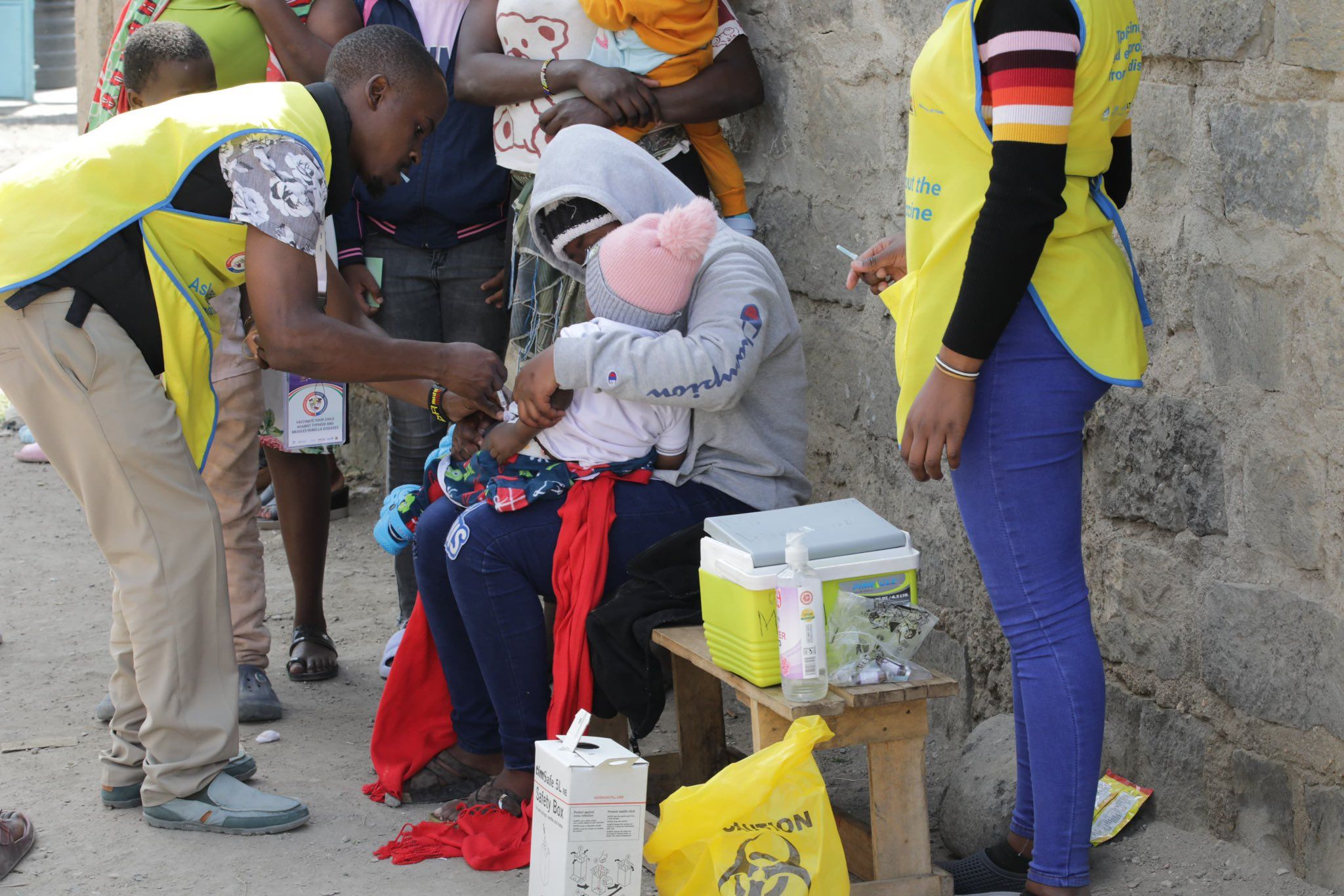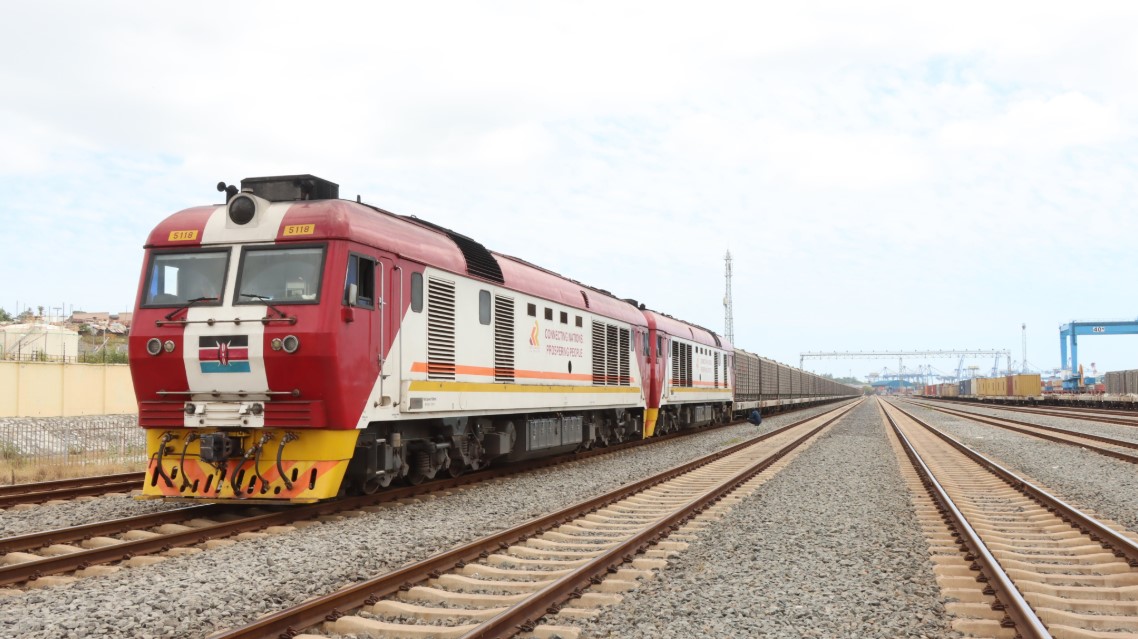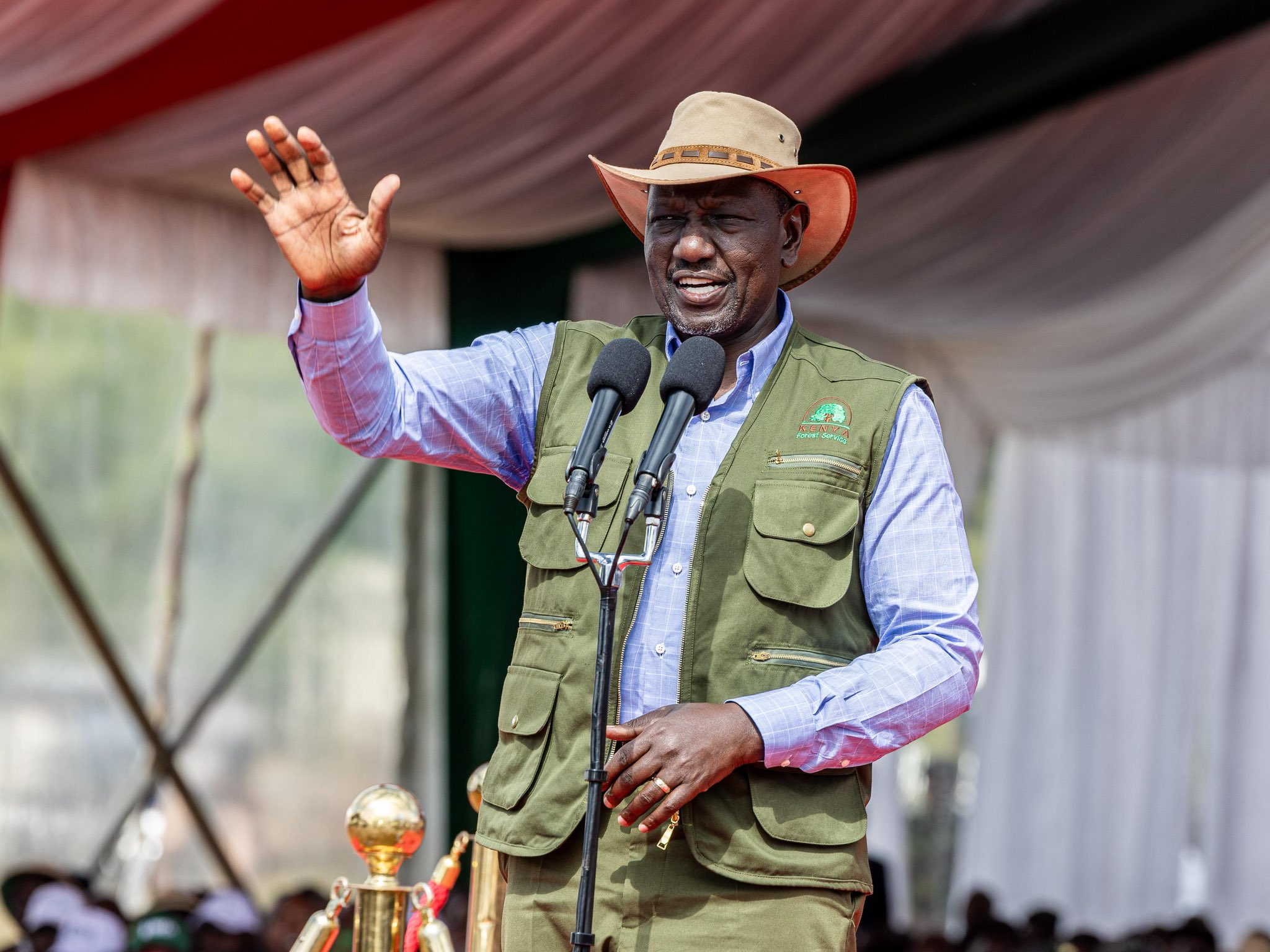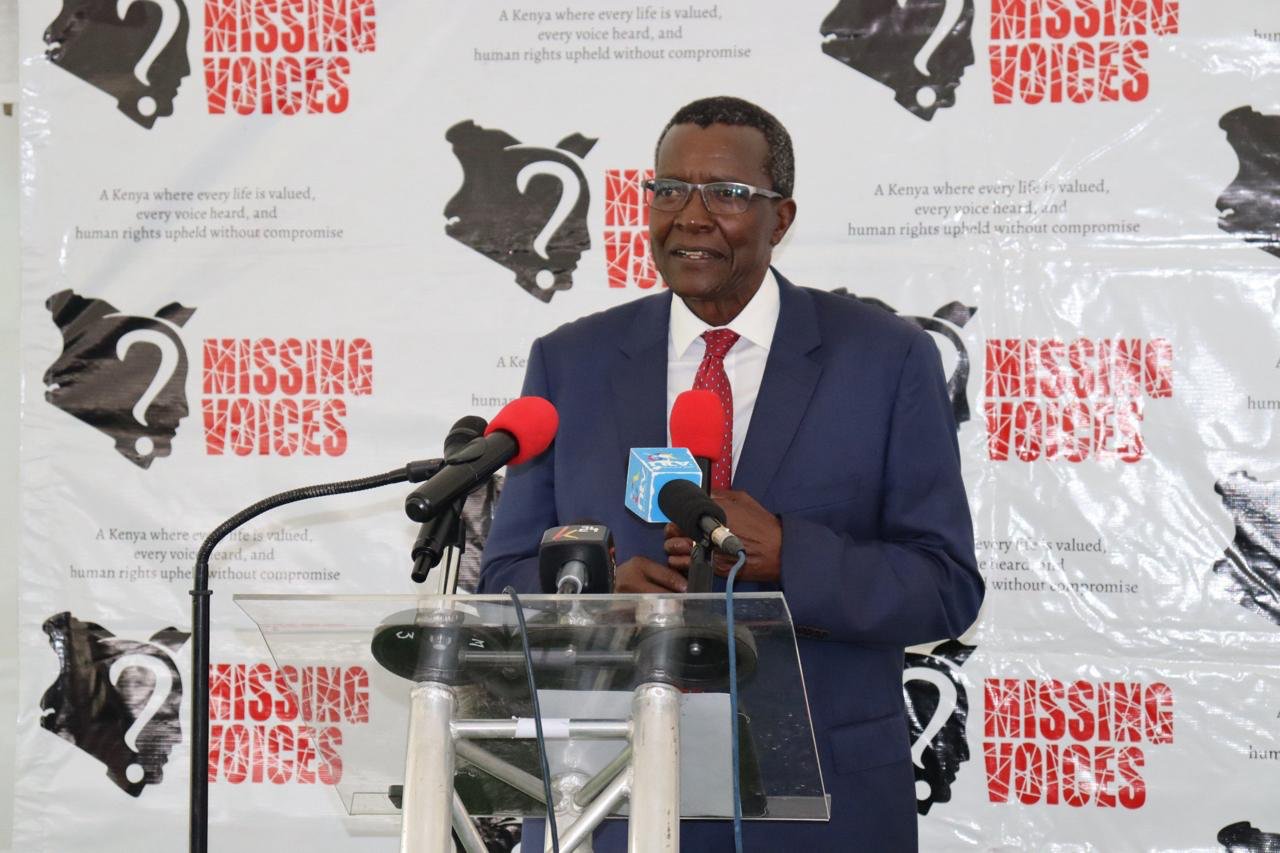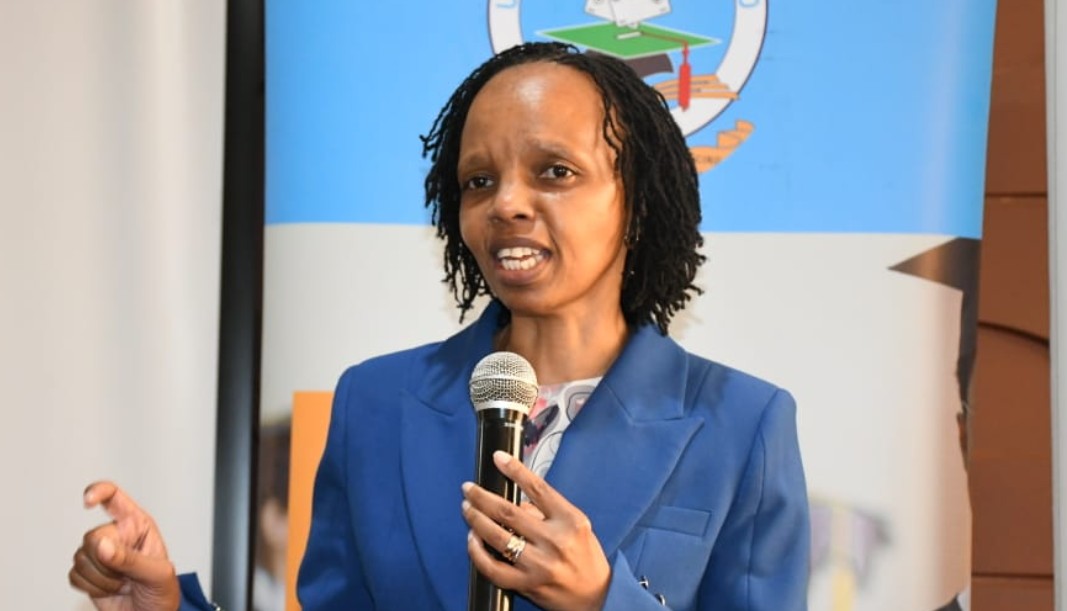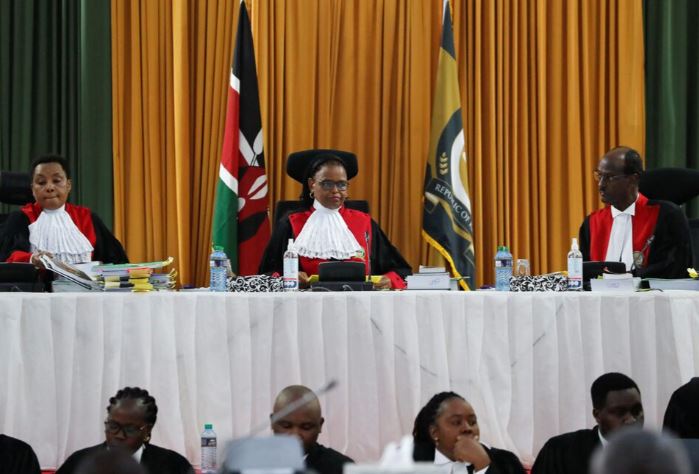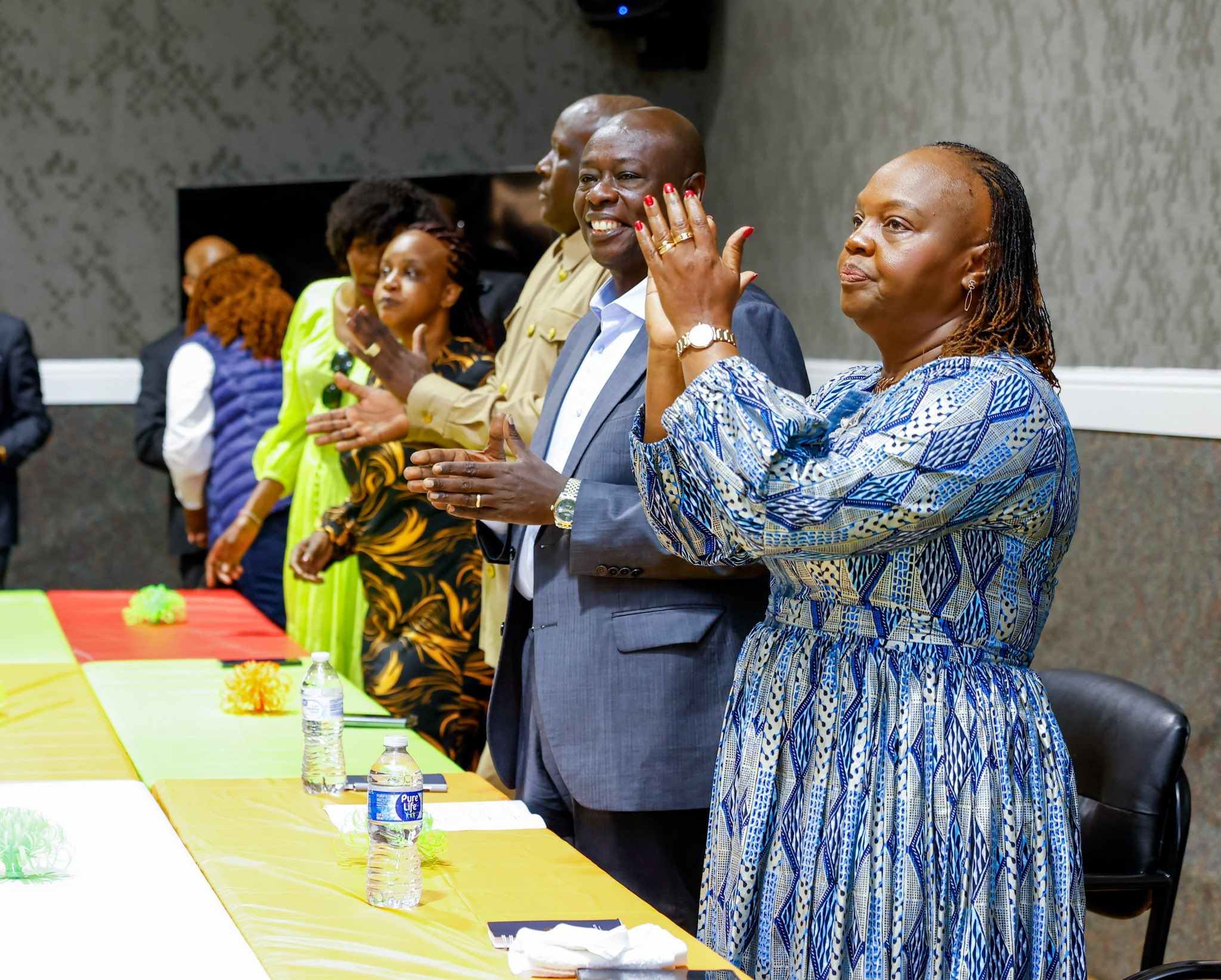Education ministry rejects proposal to move Grade 9 to secondary school
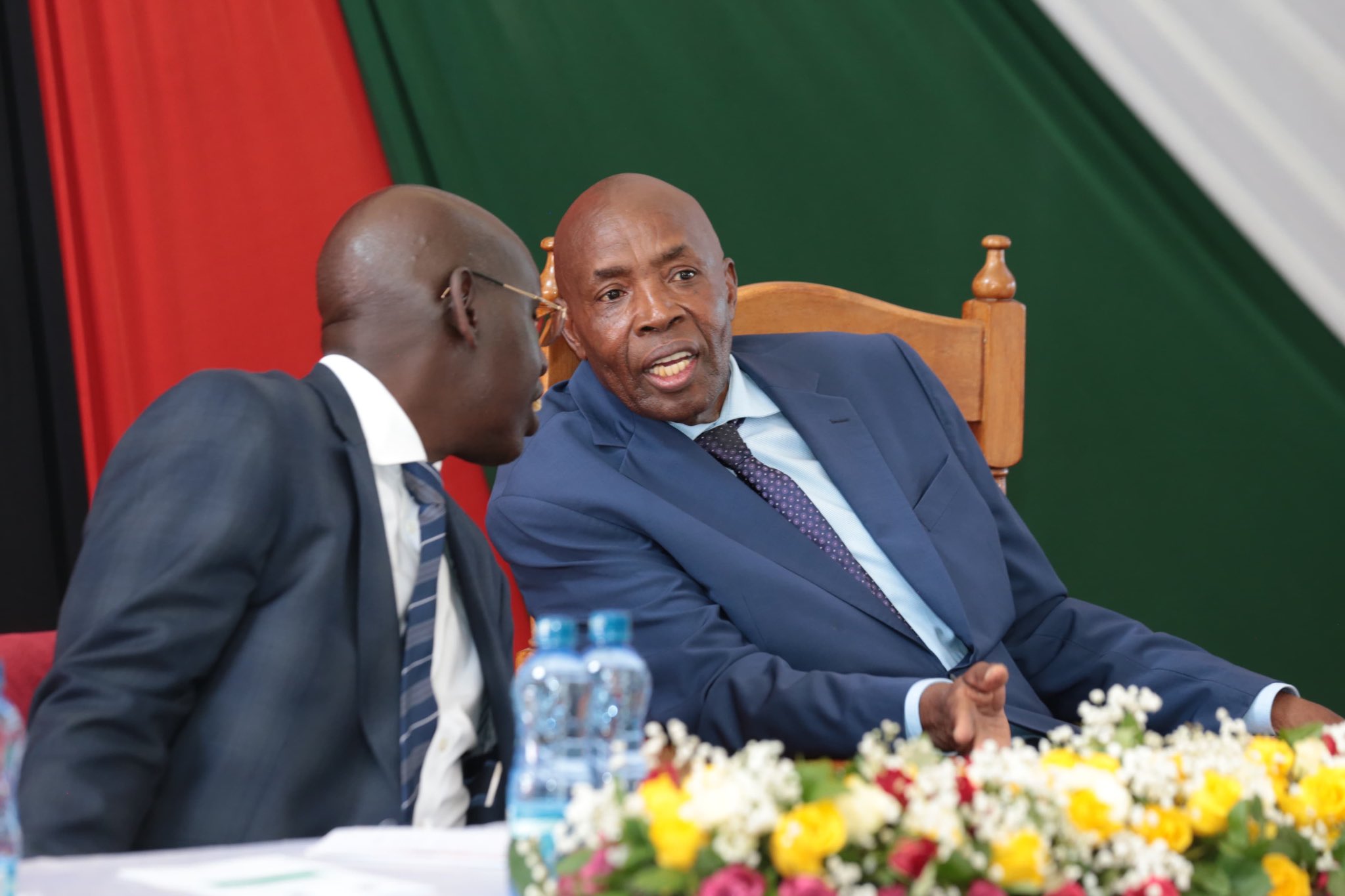
Grade 9 students will remain in primary schools come January 2026 and there will be no changes to the CBC, says Education PS Belio Kipsang.
The Ministry of Education has rejected a stakeholders' suggestion to move the final grade of the Competency-Based Curriculum (CBC) to secondary schools.
Education Principal Secretary Belio Kipsang has clarified that Grade 9 students will remain in primary schools come January 2026 and that there will be no changes to the CBC.
More To Read
- Government allocates Sh980 million to retrain teachers for 2026 CBC senior school rollout
- Public universities directed to train teachers ahead of Grade 10 rollout
- 2.6 million children at risk as school feeding budget slashed by Sh2 billion
- MPs demand special audit of NEMIS citing suspected student data manipulation
- Treasury orders Education ministry to cut Sh11 billion exam costs, end overseas printing
- Government unveils CBE to replace CBC, promising skills-focused learning and 100pc transition
Kipsang spoke on Wednesday at the Kenya Institute of Curriculum Development (KICD) during a stakeholders' engagement on preparations for senior school and revamping teacher education.
“The definition of junior schools is grades 7, 8, and 9. Ninety-three per cent of Kenyans decided, through the Presidential Working Party on Education Reform, that we are domiciling junior schools in our primary level. We are not about to change and we don't even have a window to do that,’’ he said.
Kipsang also reassured the public that the government is actively working to facilitate a smooth transition for learners into higher education.
"We may not have had the same level of preparation during our transitions to junior school but I can assure you that we are now better equipped to engage with both teachers and learners to understand their expectations as they progress."
He added that plans are underway to construct 16,000 classrooms for Grade 9, with careful consideration to the specific needs of each school.
“We know how many classrooms each school will require. It will be a marathon but Kenyans are not scared of a marathon. We want to harmonise our schools so that you know the difference between classrooms and laboratories, and we will standardise schools so that the environment they are in prepares them for the future,” he said.
Kipsang further announced that Grade 9 will have both formative and summative assessments, similar to the assessment structure of the Kenya Primary School Education Assessment (KPSEA) at Grade 6.
He noted that the Grade 9 assessment is focused on transition and does not hinder progression.
Kipsang noted that it is only in Grade 12 that the assessment serves both placement and certification purposes.
“At Grade 12, it will be both placement and certification, while at Grade 9, it is purely a transition from one level to the next because it is just preparing our children to know what they will pursue - sciences, humanities or creatives,” he stated.
KICD Chief Executive Officer Charles Ong’ondo, noted that the CBC structure is rooted in the cognitive developmental theory.
According to the framework, the basic education system has two years for pre-primary learning, six for primary, three for junior school, and another three for senior school—the 2-6-3-3 structure.
Ong’ondo emphasised that the structure has to align with the developmental milestones of children, who are the primary focus of the learning system.
In February, the Kenya Union of Post-Primary Education Teachers (KUPPET) proposed a restructuring of junior secondary education, suggesting a division into two segments to be accommodated in both primary and secondary schools.
KUPPET advocated for Grade 7 and 8 learners to remain in primary school and for their Grade 9 counterparts to transition to high school.
Top Stories Today


